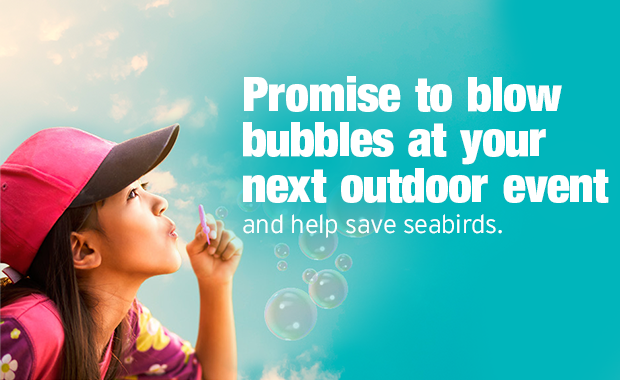
Why People Don’t Do Things: Part 2
Welcome to Part 2 of my four-part series covering big picture reasons why people don’t do things. If you missed Part 1 on “because it’s easier not to”, then you can catch up here.
Why people don’t do things: Part 2
Because they can’t!
And I’m not talking about “can’t” in terms of a mindset; meaning, the belief in your own ability to do or achieve something (also known as self-efficacy).
Self-efficacy: refers to an individual’s belief in his or her capacity to execute behaviors necessary to produce specific performance attainments (Bandura, 1977, 1986, 1997).
A lack of self-efficacy is another reason why people don’t do things (and the top reason why my trainer makes me do 3 more reps when I tell him I can’t do anymore)… but it’s not the one I want to talk about today.
Today, I’m talking about situations where we’re asking people to do a new or different behavior but they cannot access the required equipment, tools or resources needed to do that behavior.
What CAN’T can look like
Typically, these situations occur when a behavior change program doesn’t take into full account what’s needed to do the behavior and the audiences’ real-world circumstances.
To bring this to life, I will create a hypothetical example based on a real behavior change campaign.
During my recent workshop, I learned that Zoos Victoria in Australia is leading a behavior change effort to have people use bubbles instead of balloons at their outdoor events. This shift in behavior is important as fly-away balloons may end up in oceans and waterways, causing great harm to sea creatures and birds.

This campaign has a very straight-forward behavior change ask (and super kudos to Zoos Victoria for that!), which makes it a good campaign example to highlight how it may not be possible for an audience to do what we’re asking. (Reminder, the below is all hypothetical.)
So, we’re asking people to use bubbles instead of balloons at their outdoor event, but…
What if bubbles aren’t available to purchase anywhere in Australia?
What if bubbles are available, but people have to drive a long distance to get them (whereas balloons are located just nearby)?
What if bubbles are way more expensive to purchase than balloons?
What if bubbles were available near them but stores have run out and don’t have any when people go to buy them?
If any of the above are true, then your audience IS UNABLE TO do the desired behavior.
No matter how much they want to or intend to, they simply can’t.
There are actually countless examples of our programs doing this, even if we don’t realize it:
- We ask people to drive less but there are no public transportation options for them.
- We ask people to recycle but their buildings don’t have the infrastructure for it.
- We ask people to not litter but there are no garbage bins anywhere nearby.
- We ask people to use different hunting or fishing gear but they don’t have the money to purchase them.
- We ask people to adopt different livelihoods but there are no other forms of work available to them.
Barriers not included
Most often, you will hear this reason for not doing the behavior referred to as barriers.
If your audience cannot access the required equipment, tools or resources needed to do the desired behavior, then no amount of marketing, communication or outreach about doing the behavior is going to overcome those barriers.
The best way to address barriers is to first identify them – all of them – early in the project design and development phase so you have a clear picture on why your audience may not do what you’re asking them to do.
Then, find ways to remove as many of these barriers as possible. Or at least remove the most substantial barrier preventing people from doing the behavior, either through your program or by partnering with others who are great at it.
And if it’s not possible to remove those barriers, then explore alternate behaviors you can promote that your audience can readily act upon.
Next up
Check out Part 3 of this series here. Note: this next one really grinds my gears!
If you want to dig deeper into this topic, plus learn how to use communication & outreach techniques to motivate action, then join my online course on creating conservation movements.


